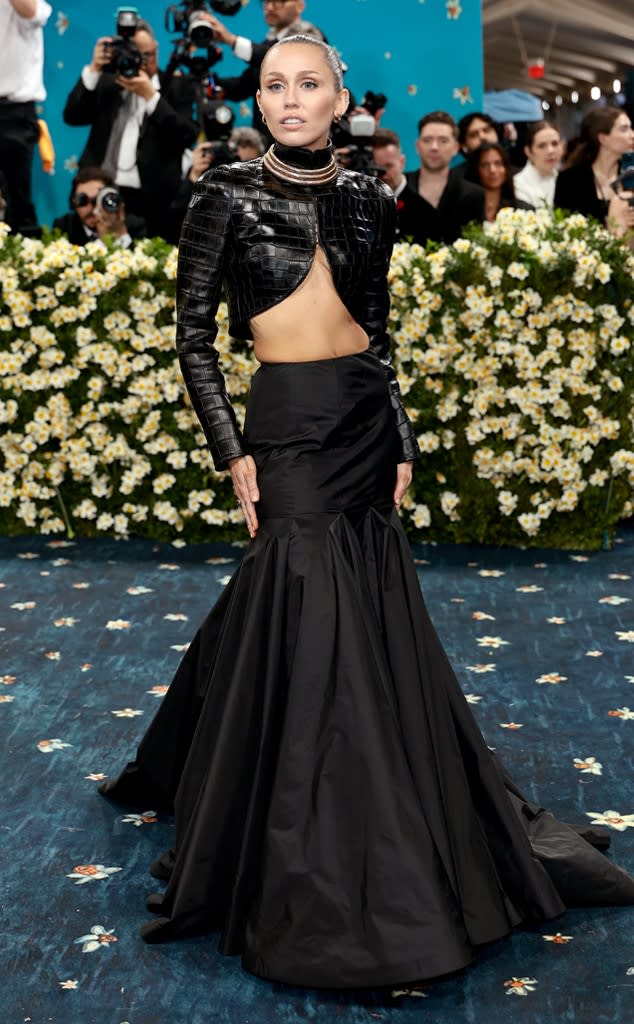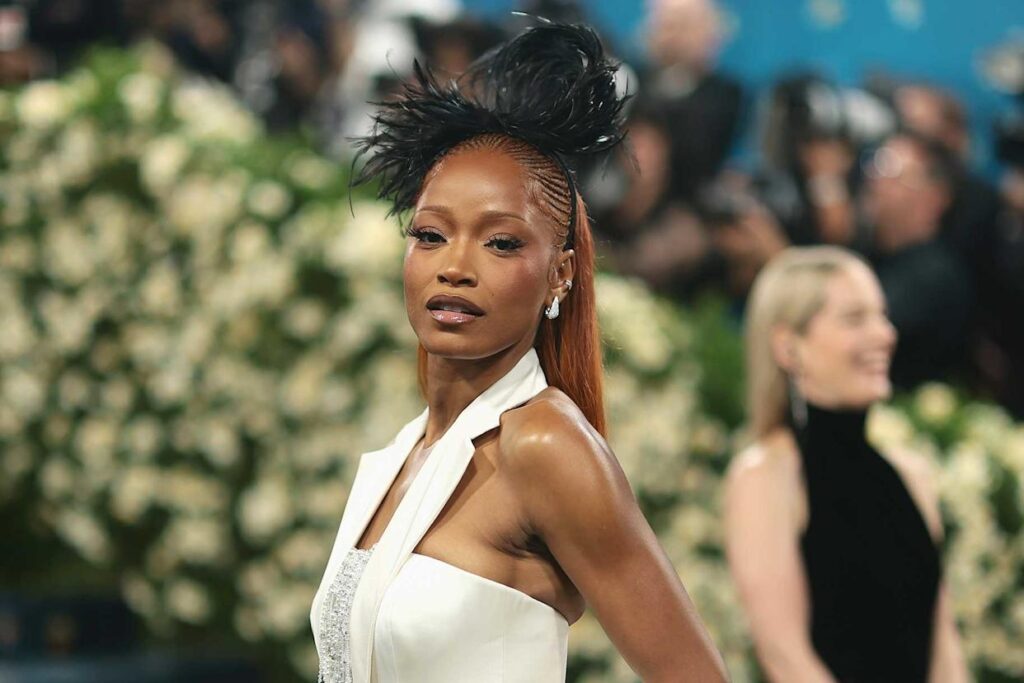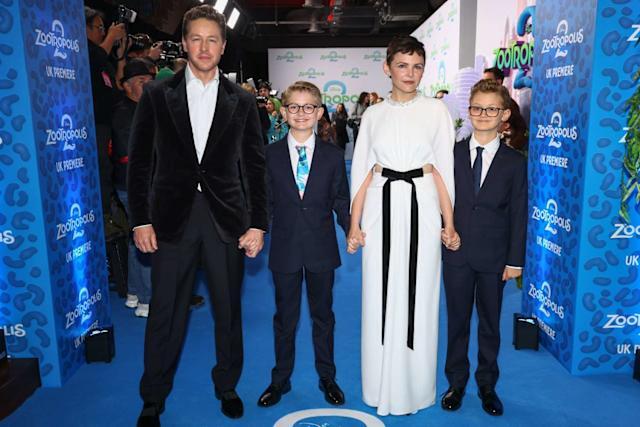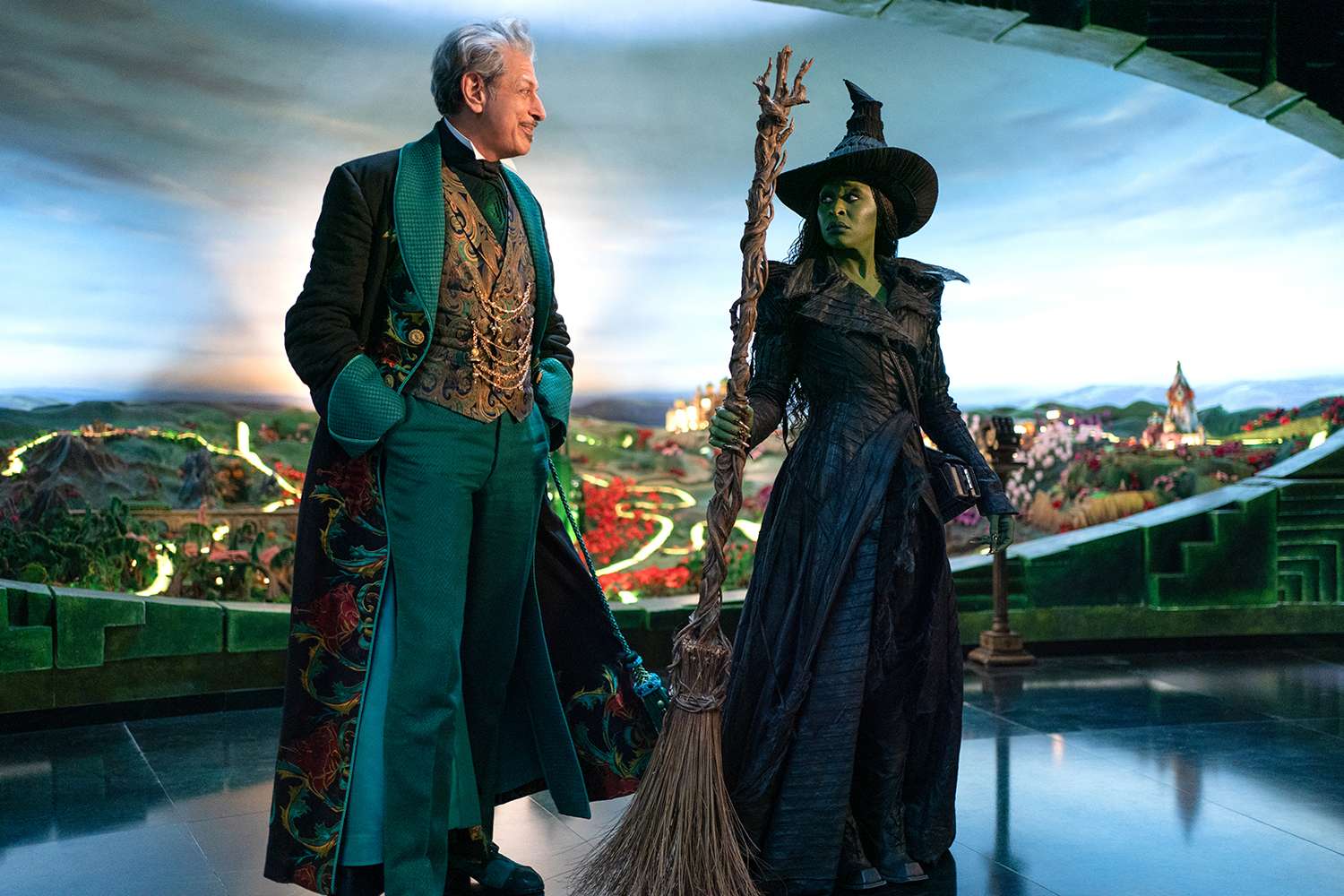Each year, the Met Gala sets the stage for more than just extravagant fashion—it’s a platform where culture, identity, and style intersect. The 2025 Met Gala, themed “Superfine: Tailoring Black Style,” paid tribute to the historical and modern influence of Black fashion. One standout of the evening was actress, singer, and media powerhouse Keke Palmer. From her thoughtful tribute to Dorothy Dandridge to her behind-the-scenes preparation and show-stopping red carpet appearance, Palmer made the evening as much about storytelling as style.
In this exclusive deep dive, we explore Keke Palmer’s meticulous preparation for the 2025 Met Gala, the historical symbolism behind her fashion choices, and the cultural message embedded in her presence on one of the world’s most iconic fashion stages.
Behind the Curtain: The Preparation
Long before the red carpet flashes began, Palmer’s Met Gala journey started in the quiet confines of design meetings and dress fittings. Teaming up with renowned designer Vera Wang, Palmer aimed to craft a look that transcended fashion and spoke to legacy. The inspiration? Dorothy Dandridge—Hollywood’s first Black woman nominated for a Best Actress Oscar in 1954.
Palmer, who has long embraced her role as a cultural bridge between past and present, was deeply involved in the design process. According to her stylist, the look wasn’t just about glam—it was about honoring the glamour and grace of a woman who paved the way in an industry that was never fully open to her.
Her preparation included countless fittings, hair and makeup trials, and conversations about symbolism. Palmer’s dedication to authenticity was evident—she didn’t just want to look like Dandridge, she wanted to channel her spirit.

The Look: A Deconstructed Tribute
Palmer stepped onto the Met Gala carpet in a custom Vera Wang ensemble that immediately drew attention and applause. At first glance, the gown appeared to be a sophisticated white evening dress. But a closer look revealed a deeper complexity: subtle black trousers layered underneath, a nod to gender-bending elegance and a reimagined tuxedo silhouette.
The look featured an off-the-shoulder bodice, cinched waist, and dramatic train. The tailoring was precise, the construction deliberate. A feathered fascinator perched delicately atop her head, echoing the vintage flair of mid-century Hollywood.
Wang described the creation as “a modern homage to the pioneers of Black cinema and fashion.” The use of black and white symbolized duality—the grace of Dandridge and the power Palmer brings to her own career.
What made the look stand out was how it spoke without needing to shout. It wasn’t flashy in the traditional sense, but it demanded attention through narrative and nuance. For Palmer, it wasn’t about outshining others; it was about honoring the shoulders she stands on.
A Celebration of Black Dandyism
The Met Gala’s theme, “Superfine: Tailoring Black Style,” highlighted the rich history and influence of Black fashion. At its core, Black dandyism challenges traditional norms, embracing elegance, flamboyance, and individuality as tools of cultural expression.
Palmer’s deconstructed tuxedo gown was the perfect embodiment of that ethos. It balanced masculine and feminine elements, sophistication and rebellion. In doing so, it positioned Palmer not just as a fashion icon, but as a curator of Black artistic expression.
In interviews before the event, Palmer noted that fashion is “not just about looking good; it’s about feeling seen.” Her outfit echoed that sentiment, affirming that fashion can—and should—reflect heritage, resilience, and pride.
The Transformation: From Red Carpet to After-Party
Once the cameras dimmed and the curated red carpet moments concluded, Palmer transitioned into her after-party look: a silver-and-blue-embellished miniskirt and matching crop top ensemble that shimmered under the venue lights.
This outfit was playful, vibrant, and youthful—a clear departure from the solemn elegance of her earlier gown. But the shift was intentional. Palmer has always demonstrated versatility, and her after-party look was a reminder of her multifaceted identity: a businesswoman, a performer, a mother, and a woman who enjoys the lighter side of life.
The contrast between her two looks served as a visual narrative: one honoring the past, the other embracing the present. It was a masterclass in fashion storytelling.

Cultural Impact and Representation
Palmer’s presence at the Met Gala extended far beyond the aesthetic. In an industry still grappling with inclusivity, her choices carried weight.
By paying tribute to Dorothy Dandridge, Palmer resurrected a name that deserves to be remembered in the context of modern Hollywood. Dandridge’s struggles and triumphs mirrored many of the same challenges Palmer has confronted in her own career—from fighting typecasting to demanding recognition for her diverse talents.
More than just a dress, Palmer’s look was a statement on lineage. It reminded audiences that the journey of Black women in entertainment and fashion is not new—it is a continuum, one that demands acknowledgment and celebration.
Fashion as Activism
Keke Palmer has long understood the political power of fashion. From her outspoken interviews to her social media presence, she’s used clothing as a language—one that speaks to pride, strength, and resistance.
At the 2025 Met Gala, Palmer didn’t just wear a beautiful gown. She wore history. She wore resistance. She wore progress.
The careful layering of tuxedo and gown, the homage to a trailblazing woman, and the meticulous attention to every sartorial detail—these were acts of cultural assertion. Palmer was not merely attending an event; she was re-writing the narrative of who gets to be celebrated and how.
Media Reception and Public Response
Social media lit up with praise for Palmer’s look, with hashtags like #KekeMetMagic and #DandridgeReborn trending across platforms. Fashion critics lauded her for elevating the night’s theme with intention and integrity.
Several journalists noted that Palmer’s look was among the most thematically coherent of the night. “While others opted for spectacle,” one fashion editor wrote, “Palmer opted for substance wrapped in elegance.”
Her fans echoed the sentiment, many expressing gratitude for her tribute to a figure often left out of mainstream conversations. Young Black viewers in particular celebrated Palmer’s visibility and the doors she continues to open.
Legacy in the Making
Keke Palmer’s Met Gala appearance was not an isolated moment—it was the latest chapter in a career defined by bold choices and cultural consciousness. From her early days on Nickelodeon to her Emmy-winning talk show, to her roles in Jordan Peele’s Nope and beyond, Palmer has consistently used her platform to empower and uplift.
Her Met Gala appearance will be remembered not just for its fashion merit, but for its meaning. In a world hungry for authenticity, Palmer offered exactly that: a look rooted in history, styled with purpose, and delivered with poise.
Conclusion: More Than a Gown
Keke Palmer’s journey to and through the 2025 Met Gala serves as a blueprint for how fashion can be both beautiful and meaningful. Her tribute to Dorothy Dandridge wasn’t just visually stunning—it was culturally vital.
Through her choices, Palmer reminded us that true style is about more than trends—it’s about truth. She invited the world to remember a forgotten icon, to celebrate Black creativity, and to understand that the past and present of fashion are inseparable.
As the curtain closed on another Met Gala, Palmer’s voice—amplified by fabric, design, and symbolism—resonated beyond the museum steps. It told a story of resilience, of homage, and of Black excellence in its finest form.
In a single evening, Keke Palmer didn’t just dress for the Met Gala. She dressed for history.










